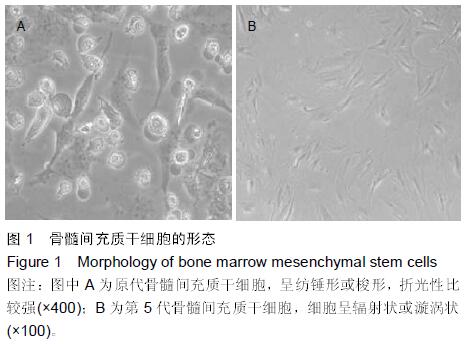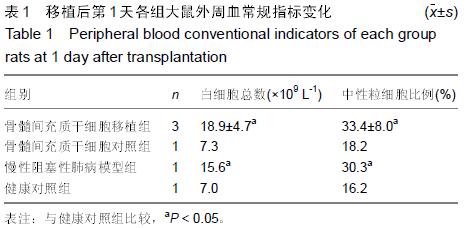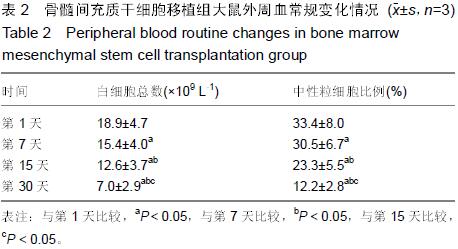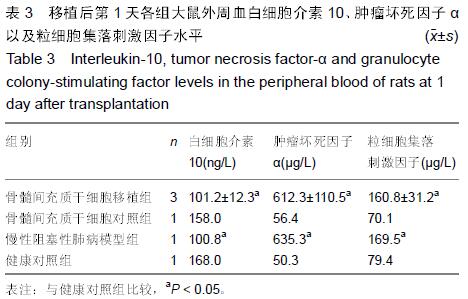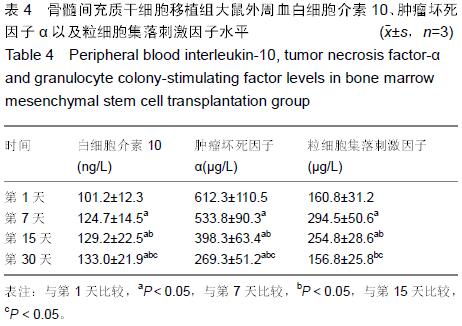[2] 中华医学会呼吸病学分会慢性阻塞性肺疾病学组.慢性阻塞性肺疾病诊治指南(2007年修订版)[J].中华结核和呼吸杂志,2007, 30(1):8-17.
[3] 陈炼,张国林,林少姗,等.健康教育对稳定期慢性阻塞性肺疾病患者肺功能和生活质量的影响[J].中华流行病学杂志,2005,26(10): 808-810.
[4] 梁静,张奇. 纳洛酮治疗慢性肺心病急性加重期中重度Ⅱ型呼吸衰竭25例临床观察[J].海南医学,2005,16(2):56.
[5] 杨晶,杨萍,高媛.慢性阻塞性肺疾病患者社会支持状况及影响因素的调查[J].现代护理,2005,11(3):165-167.
[6] Tam A, Sin DD. Pathobiologic mechanisms of chronic obstructive pulmonary disease. Med Clin North Am. 2012; 96(4): 681-698.
[7] 杨翠华,谢霖.慢性阻塞性肺疾病患者疾病认识程度与预后的相关性分析[J].蚌埠医学院学报,2009,34(5):441-443.
[8] Stoller JK, Aboussouan LS. A review of α1-antitrypsin deficiency. Am J Respir Crit Care Med. 2012;185(3):246- 259.
[9] Forey BA, Thornton AJ, Lee PN. Systematic review with meta-analysis of the epidemiological evidence relating smoking to COPD, chronic bronchitis and emphysema. BMC Pulm Med. 2011;11:36.
[10] Eisner MD, Anthonisen N, Coultas D, et al. An official American Thoracic Society public policy statement: Novel risk factors and the global burden of chronic obstructive pulmonary disease. Am J Respir Crit Care Med. 2010;182(5): 693-718.
[11] Eisner MD, Anthonisen N, Coultas D, et al. An official American Thoracic Society public policy statement: Novel risk factors and the global burden of chronic obstructive pulmonary disease. Am J Respir Crit Care Med. 2010;182(5): 693-718.
[12] Ko FW, Hui DS. Air pollution and chronic obstructive pulmonary disease. Respirology. 2012;17(3):395-401.
[13] Hu G, Zhou Y, Tian J, et al. Risk of COPD from exposure to biomass smoke: a metaanalysis. Chest. 2010;138(1):20-31.
[14] Decramer M, Janssens W, Miravitlles M. Chronic obstructive pulmonary disease. Lancet. 2012;379(9823):1341-1351.
[15] Hunninghake GM, Cho MH, Tesfaigzi Y, et al. MMP12, lung function, and COPD in high-risk populations. N Engl J Med. 2009;361(27):2599-2608.
[16] Han MK, Muellerova H, Curran-Everett D, et al. GOLD 2011 disease severity classification in COPDGene: a prospective cohort study. Lancet Respir Med. 2013;1(1):43-50.
[17] Braber S, Thio M, Blokhuis BR, et al. An association between neutrophils and immunoglobulin free light chains in the pathogenesis of chronic obstructive pulmonary disease. Am J Respir Crit Care Med. 2012;185(8):817-824.
[18] Singh B, Arora S, Khanna V. Association of severity of COPD with IgE and interleukin-1 beta. Monaldi Arch Chest Dis. 2010;73(2):86-87.
[19] Shapiro SD, Ingenito EP. The pathogenesis of chronic obstructive pulmonary disease: advances in the past 100 years. Am J Respir Cell Mol Biol. 2005;32(5):367-372.
[20] Thomsen M, Dahl M, Lange P, et al. Inflammatory biomarkers and comorbidities in chronic obstructive pulmonary disease. Am J Respir Crit Care Med. 2012;186(10):982-988.
[21] Mouded M, Egea EE, Brown MJ, et al. Epithelial cell apoptosis causes acute lung injury masquerading as emphysema. Am J Respir Cell Mol Biol. 2009;41(4):407-414.
[22] Gordon C, Gudi K, Krause A, et al. Circulating endothelial microparticles as a measure of early lung destruction in cigarette smokers. Am J Respir Crit Care Med. 2011;184(2): 224-232.
[23] 李伟棠,黄兰卿,梁红卫,等.无创正压通气对慢性阻塞性肺病急性加重期合并呼吸衰竭的治疗价值[J].黑龙江医学,2009,33(1): 17-18.
[24] 张大良,张萍. 无创机械通气医院家庭序贯治疗慢性阻塞性肺疾病所致呼吸衰竭的研究[J].中国呼吸与危重监护杂志,2003,2(4): 219-221.
[25] 周倩,黎贵湘,陈本会,等.慢性阻塞性肺疾病的健康教育[J].现代护理,2007,13(19):1854-1856.
[26] 孙丽玲,张欣欣,孟海涛,等.健康教育对慢性阻塞性肺疾病复发的影响[J].黑龙江医学,2009,33(4):313-314.
[27] 黄坤,吴晓梅,王欣燕,等.骨髓间充质干细胞移植对大鼠肺纤维化的影响[J].中华结核和呼吸杂志,2012,35(9):659-664.
[28] Luan Y, Zhang X, Qi TG, et al. Long-term research of stem cells in monocrotaline-induced pulmonary arterial hypertension. Clin Exp Med. 2014;14(4):439-446.
[29] Guan XJ, Song L, Han FF, et al. Mesenchymal stem cells protect cigarette smoke-damaged lung and pulmonary function partly via VEGF-VEGF receptors. J Cell Biochem. 2013;114(2):323-335.
[30] Weiss DJ, Casaburi R, Flannery R, et al. A placebo-controlled, randomized trial of mesenchymal stem cells in COPD. Chest. 2013;143(6):1590-1598.
[31] Kim SY, Lee JH, Kim HJ, et al. Mesenchymal stem cell-conditioned media recovers lung fibroblasts from cigarette smoke-induced damage. Am J Physiol Lung Cell Mol Physiol. 2012;302(9):L891-908.
[32] Antus B, Harnasi G, Drozdovszky O, et al. Monitoring oxidative stress during chronic obstructive pulmonary disease exacerbations using malondialdehyde. Respirology. 2014; 19(1):74-79.
[33] Cristóvão C, Cristóvão L, Nogueira F, et al. Evaluation of the oxidant and antioxidant balance in the pathogenesis of chronic obstructive pulmonary disease. Rev Port Pneumol. 2013;19(2):70-75.
[34] Montaño M, Cisneros J, Ramírez-Venegas A, et al. Malondialdehyde and superoxide dismutase correlate with FEV(1) in patients with COPD associated with wood smoke exposure and tobacco smoking. Inhal Toxicol. 2010;22(10): 868-874.
[35] Li J, Li D, Liu X, et al. Human umbilical cord mesenchymal stem cells reduce systemic inflammation and attenuate LPS-induced acute lung injury in rats. J Inflamm (Lond). 2012;9(1):33.
[36] Calió ML, Marinho DS, Ko GM, et al. Transplantation of bone marrow mesenchymal stem cells decreases oxidative stress, apoptosis, and hippocampal damage in brain of a spontaneous stroke model. Free Radic Biol Med. 2014;70: 141-154.
[37] 刘红梅,马利军,牛红丽,等.骨髓间充质干细胞移植对肺气肿大鼠氧化应激与细胞凋亡的影响[J].中华结核和呼吸杂志,011,34(9) : 697-698.
[38] Liu AR, Liu L, Chen S, et al. Activation of canonical wnt pathway promotes differentiation of mouse bone marrow-derived MSCs into type II alveolar epithelial cells, confers resistance to oxidative stress, and promotes their migration to injured lung tissue in vitro. J Cell Physiol. 2013; 228(6):1270-1283.
[39] Zhao Y, Xu A, Xu Q, et al. Bone marrow mesenchymal stem cell transplantation for treatment of emphysemic rats. Int J Clin Exp Med. 2014;7(4):968-972.
[40] Ortiz LA, Gambelli F, McBride C, et al. Mesenchymal stem cell engraftment in lung is enhanced in response to bleomycin exposure and ameliorates its fibrotic effects. Proc Natl Acad Sci U S A. 2003;100(14):8407-8411.
[41] Rojas M, Xu J, Woods CR, et al. Bone marrow-derived mesenchymal stem cells in repair of the injured lung. Am J Respir Cell Mol Biol. 2005;33(2):145-152..
[42] Noël D, Djouad F, Bouffi C, et al. Multipotent mesenchymal stromal cells and immune tolerance. Leuk Lymphoma. 2007; 48(7):1283-1289.
